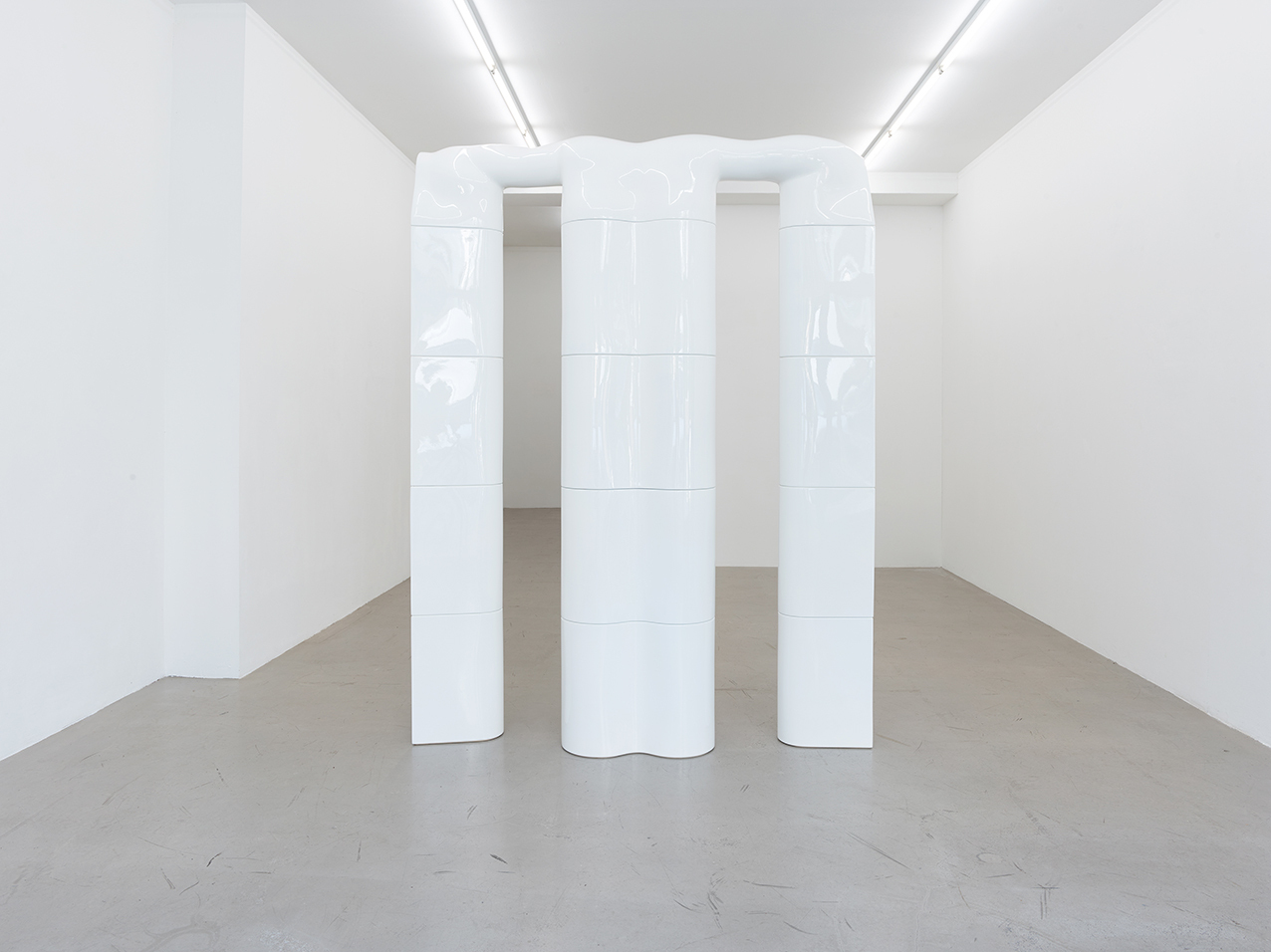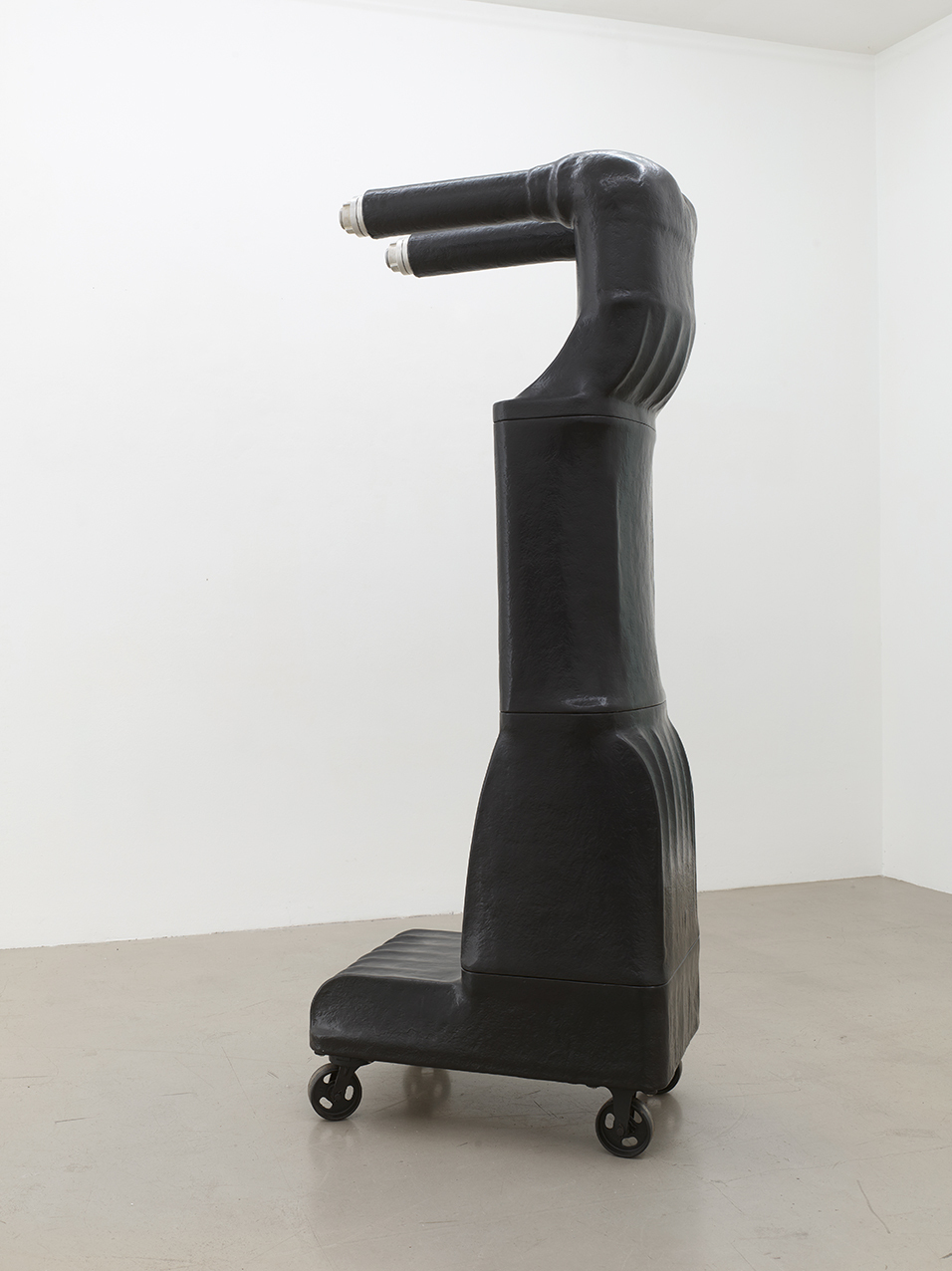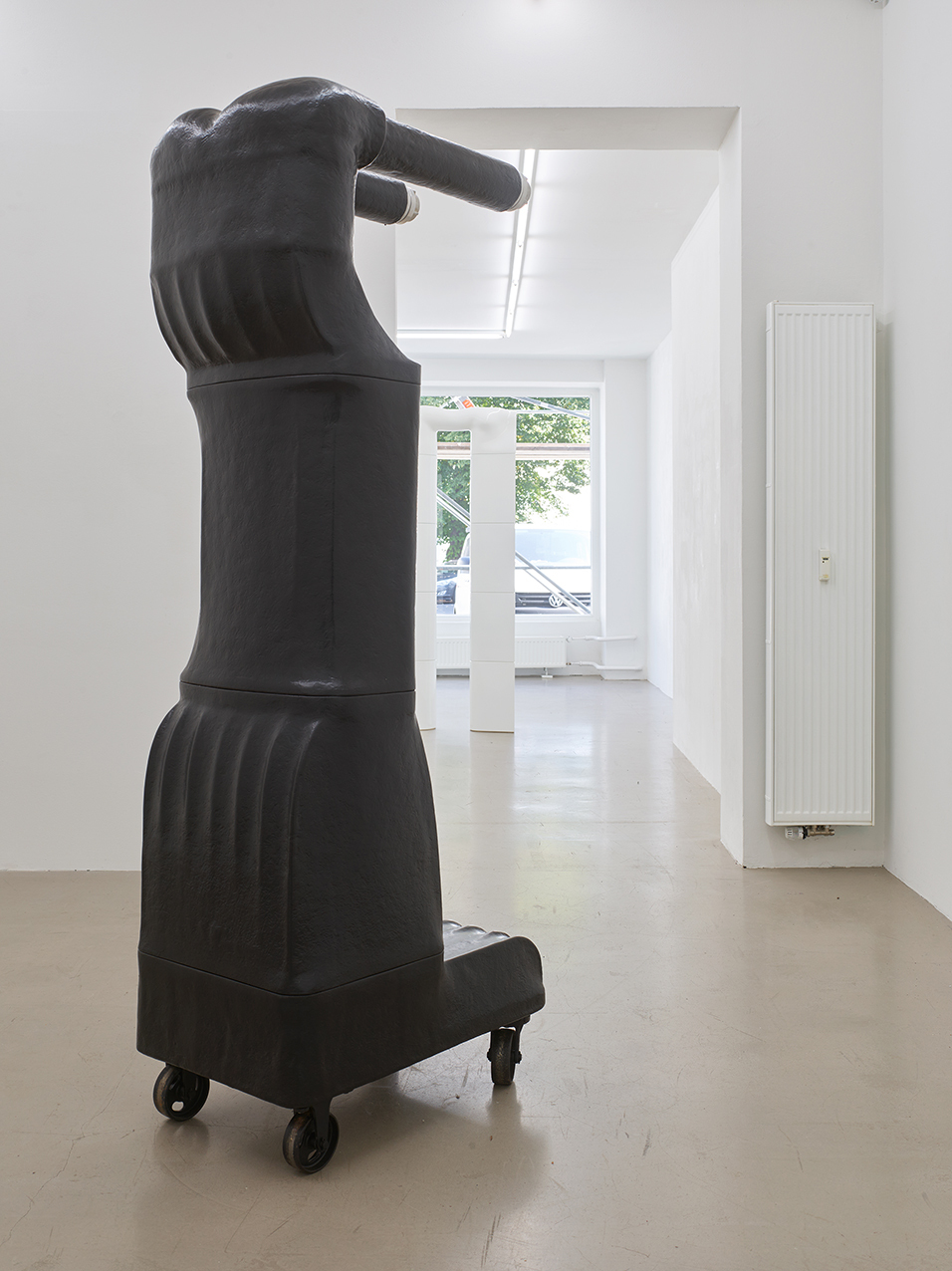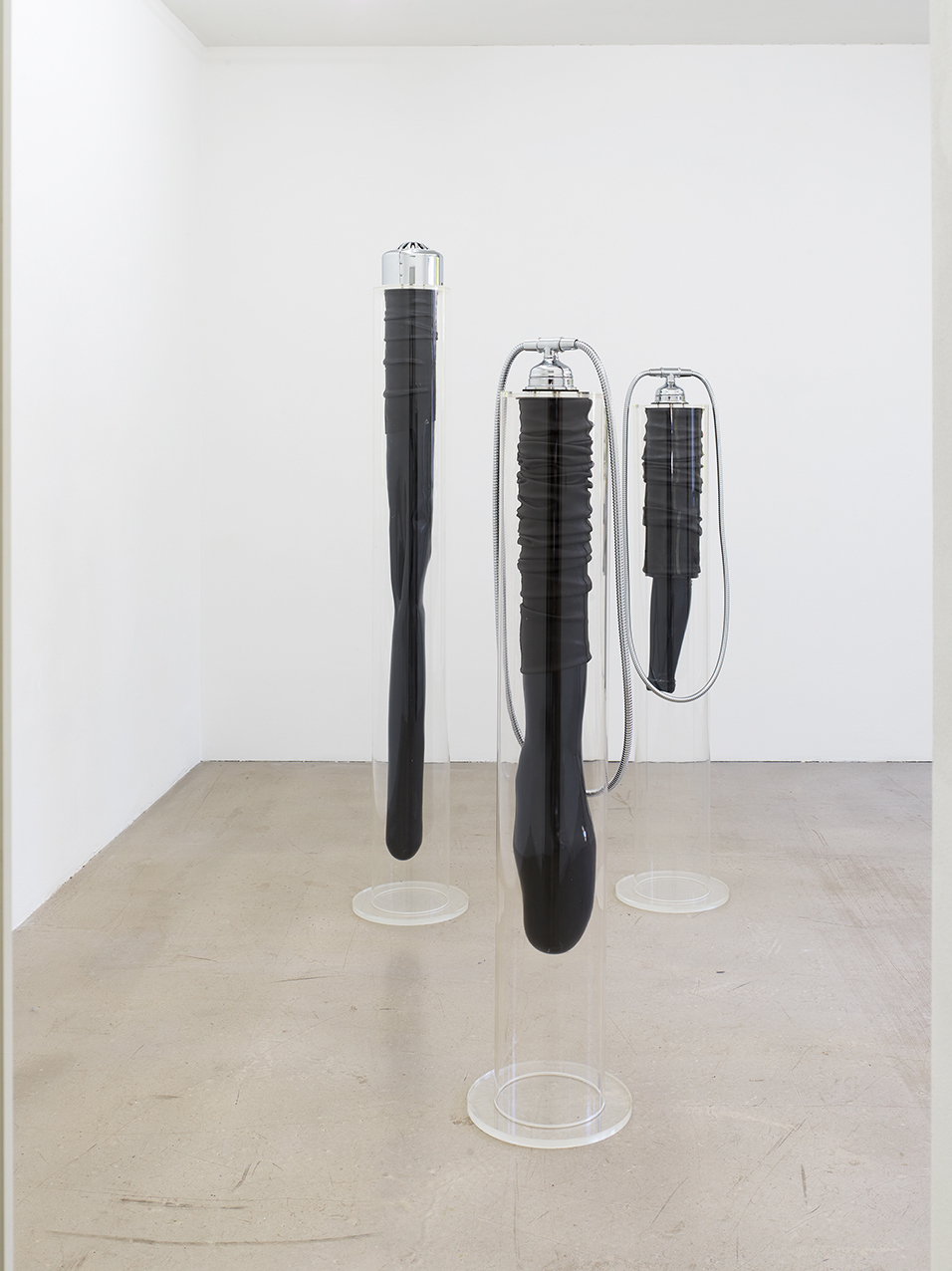
Joachim Bandau
Joachim Bandau

Installation view, "Joachim Bandau", Kadel Willborn, Düsseldorf 2024
Advertisement

Installation view, "Joachim Bandau", Kadel Willborn, Düsseldorf 2024

Installation view, "Joachim Bandau", Kadel Willborn, Düsseldorf 2024

Installation view, "Joachim Bandau", Kadel Willborn, Düsseldorf 2024

Installation view, "Joachim Bandau", Kadel Willborn, Düsseldorf 2024

Installation view, "Joachim Bandau", Kadel Willborn, Düsseldorf 2024

Installation view, "Joachim Bandau", Kadel Willborn, Düsseldorf 2024

Installation view, "Joachim Bandau", Kadel Willborn, Düsseldorf 2024
The intersection of body and technology is the starting point of Joachim Bandau's sculptures from the 1960s and 1970s. Joachim was born in Cologne in 1936 and studied at the Düsseldorf Art Academy in the late 1950s and 60s. During his studies, he was influenced by the socio-political echoes of the Second World War, technological advancements in medicine namely the first heart transplant in 1967, political events such as the war in Vietnam, but also the focus on the glamorous consumer world in what was then Germany's economic boom that informed his exploration of the relationship between body and technology. The " interior elements" of Joachim Bandau's sculptures from this period are dismembered body parts of mannequins, which he wrapped in polyester, a highly innovative material at the time, and transformed into abstract "beings". A "new figuration", as he put it. Bandau's sculptures as new "bodies in space", which were already an expression of longings, fears and hopes at the time, are still very much relevant today. While the 1960s and 1970s were still mainly characterized by new technical „developments“ for the "body of the future" in the analog world, today it is digital developments and AI, as well as the current global crises, that influence our vision for our bodies and the bodies of others.
Joachim Bandau was born in Cologne in 1936. He lives and works in Aachen. His exploration of the connections and manipulations of body and technology between fascination and discomfort is groundbreaking for a young generation of artists. In 1977 he already participated in documenta 6. Kunsthalle Basel dedicated a comprehensive solo exhibition to him in 2021, while the exhibition "Future Bodies from a Recent Past - Sculpture, Technology, and the Body since the 1950s" at Museum Brandhorst Munich in 2022/23 impressively contextualized Joachim Bandau's work in art history and the present. His works are represented in museum collections such as the Centre Pompidou Paris, SculptureCenter New York, M HKA Museum of Contemporary Art Antwerp, Folkwang Museum Essen, DeYoung Museum San Francisco and the Museum Ludwig Cologne.




